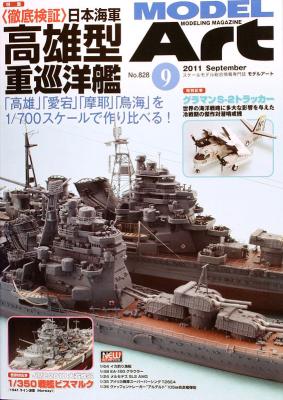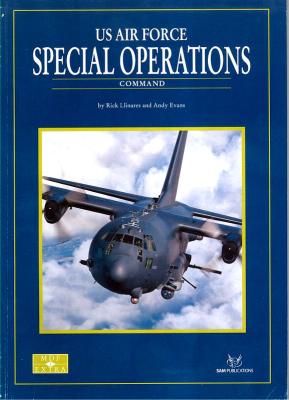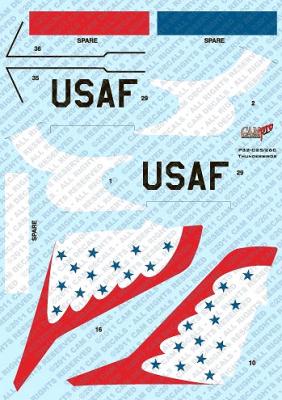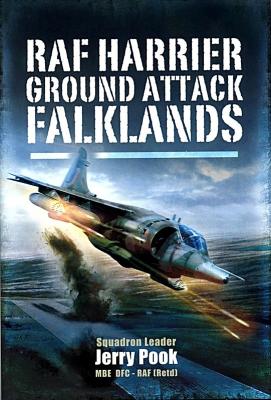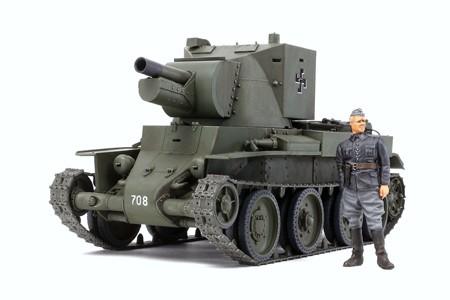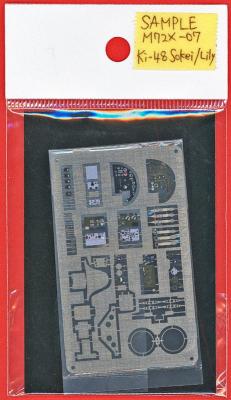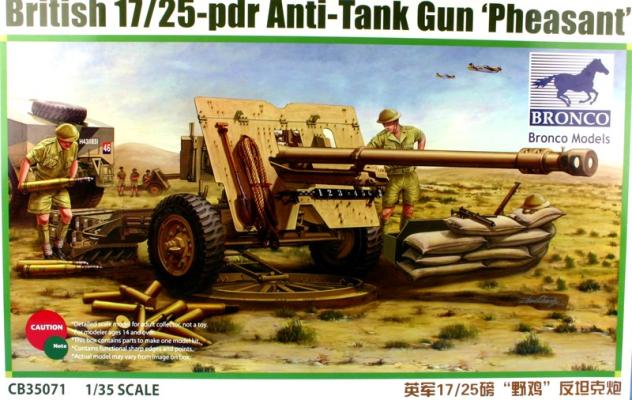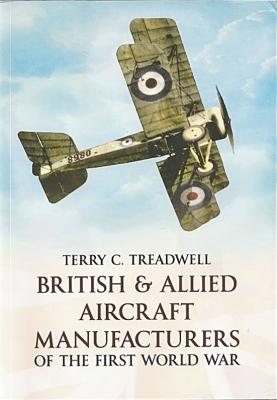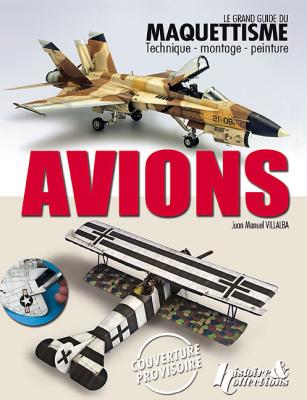Model Art No. 41 Autumn 2011 is devoted to several classes of more obscure Imperial Japanese Navy (IJN) warships in WW2. Specifically, Katori class light/training cruisers, Hatsuharu class destroyers, and Fuso class battleships. For each class, you get to see builds of the most recent kits, drawings, figures and photos showing intimate details of each class/kit, and background history with photos (in Japanese of course). Scales are mostly 1/700 since 1/350 kits are not available for Katori and Hatsuharu classes yet. Battleships kits are mostly 1/350 scale model kits. Coverage is comprehensive, with emphasis on historical accuracy of appearance. This edition is perfect for those modeling these ship classes.
What's New
In Model Art No. 828, September 2011, the ever-popular Takao class of WW2 Imperial Japanese Navy (IJN) heavy cruisers in 1/700 scale is featured. Pages 12-45 are filled with a comprehensive review comparing commercial kits and aftermarket sets, along with very detailed build information on super-accurizing each ship in the class (Atago, Chokai, Maya, Takao). Builds range from straight out of the box to superdetailing with aftermarket photoetch. Pages 50-52 are a history of Chokai. Except for this history, the non-English language is not a problem for understanding the builds and modifications. If you want to build 1/700 ships of this class, this magazine is a must-have.
If you’ve ever spent time at Hurlburt Field, Florida, near Mary Esther, and mostly surrounded by Eglin AFB, you probably know something about Air Force Special Operations Command (AFSOC). The first time I was there, they had AC-130s, HH-3s, and MC-130s. Each time I went back they had something new and more esoteric. I haven’t been back since they got the Ospreys, but I’ve seen one fly, and they are a hoot.
This book is aimed at the modeler and aviation enthusiast interested in the less-traveled and publicized areas of the modern Air Force. Each chapter contains a few pages of text, with photographs which illustrate and flesh out the subject of the text. Then come side color profiles of the aircraft, and finally a walk-around showing all those things we’re interested in and those details we can’t find photos of.
The contents are, by chapter:
If you attended the Nationals in Omaha and had occasion to stop at the National Office Managers Table, you have probably seen these on display with a notice that they were soon available. Well, soon is now. Fellow IPMS member Ray Beyers has beautifully crafted this set of markings to fit the 1/32nd scale Trumpeter F-100D in both schemes (P32-025 for the 1965 show season and P32-026 for 1967). Each set of markings comes with 4 separate sheets and a partial containing the extremely complex flag markings, as well as the Thunderbird logo. Even a pilot’s helmet decal with the logo and scallops is included. These decals are custom-printed by Microscale Decals.
Prior to this book, very little had been written in detail describing the RAF Harrier GR3 operations during the 1982 Falklands War. This book fills that void very well, providing a wealth of detail in describing the lead up, deployment and day-to-day combat operations of the small contingent of Royal Air Force attack Harriers. It makes a fitting companion to Sharkey Ward’s earlier narrative Sea Harrier over the Falklands.
History Brief
As the Second World War progressed, the Soviets were fielding better tanks. The Finnish Army, on the other hand, had to make due with a large number of old obsolete captured tanks, which were for the most part lightly armored and armed.
The Finns redesign the BT-7 model 1937 tank. They constructed a new turret and armed it with British-made 114.3 mm howitzers that had been supplied by the British during the Winter War (Q.F. 4,5 inch howitzer Mark II, also known as 114 Psv.H/18 in Finland). The Finns constructed 18 BT-42s and these were pressed into service in 1943.
Every once in a while something nice happens to you. This little photo-etch set is just the sort of thing I’m referring to. I’ve had the major parts of a Hasegawa Ki 48 Lily kit clipped off the sprues for some time in the hope that eventually I would locate enough reference material to guide me in adding cockpit detail when I continue with the build. The opportunity to review this new Platz photo-etch detail set for the Ki 48 was just what I needed to move me from a state of static inertia to critical mass. The kit box was located among the ‘in-progress’ stack, reopened, contents examined, the workbench was cleared and my Optivisor was back in place.
This kit is a representation of the 17-pdr Anti-Tank gun used by the British Army during WWII. This variant was rushed into service when the Germans introduced the Tiger Tank into North Africa. Due to the expedited production of the gun, the correct carriage was not ready; therefore the British mounted the gun on the 25-pdr carriage. This combination as designated the 17/25-pdr and has a security code name of “Pheasant” The weapon was effective and the only criticism by the troops was its tall profile.
Sprues:
The Story
This book represents a novel approach to aviation history, and instead of the usual treatment of aircraft types, famous pilots, or even significant designers, the author identifies what he considers to be the significant aircraft producers of the World War I era, and goes through the development of the companies and the actions of their founders and CEO’s, explaining how their aircraft were developed and used. After producing a list of 92 significant producers, the authors selected 27 to discuss in detail, and he does an excellent job of presenting the startup of the firms, the personnel involved, and the airplanes, both successful and unsuccessful. He alludes to the postwar period a number of times, as many of these aircraft, such as the DH-4, Curtiss JN-4, and other types were used long after the end of hostilities, in both military and civilian roles.
This large book (8 ¼ inches x 12 inches) was originally titled Aviation Modeling Techniques: The Greatest Guide when first published by Euromodelismo.. The book is profusely illustrated with almost 1000 color photos. The book is entirely in French. Each chapter covers the complete building process of one aircraft model. These chapters cover aircraft from WWI up to modern day.
Each chapter features a step by step guide to the building process. From detailing, assembly, painting and decaling each step is thoroughly discussed. Typing some of the captions into Google translation yielded some interesting and helpful information. Some of my favorite chapters include one showing the build of a Ki-43 and another on the F4D.
Beginning on page 160 is a Gallery of other completed models. Some favorites here are a complete but unpainted IL-2 showing the metal and wooden areas to advantage, a super-detailed 1/72 FA-18 and an F7U under construction.


